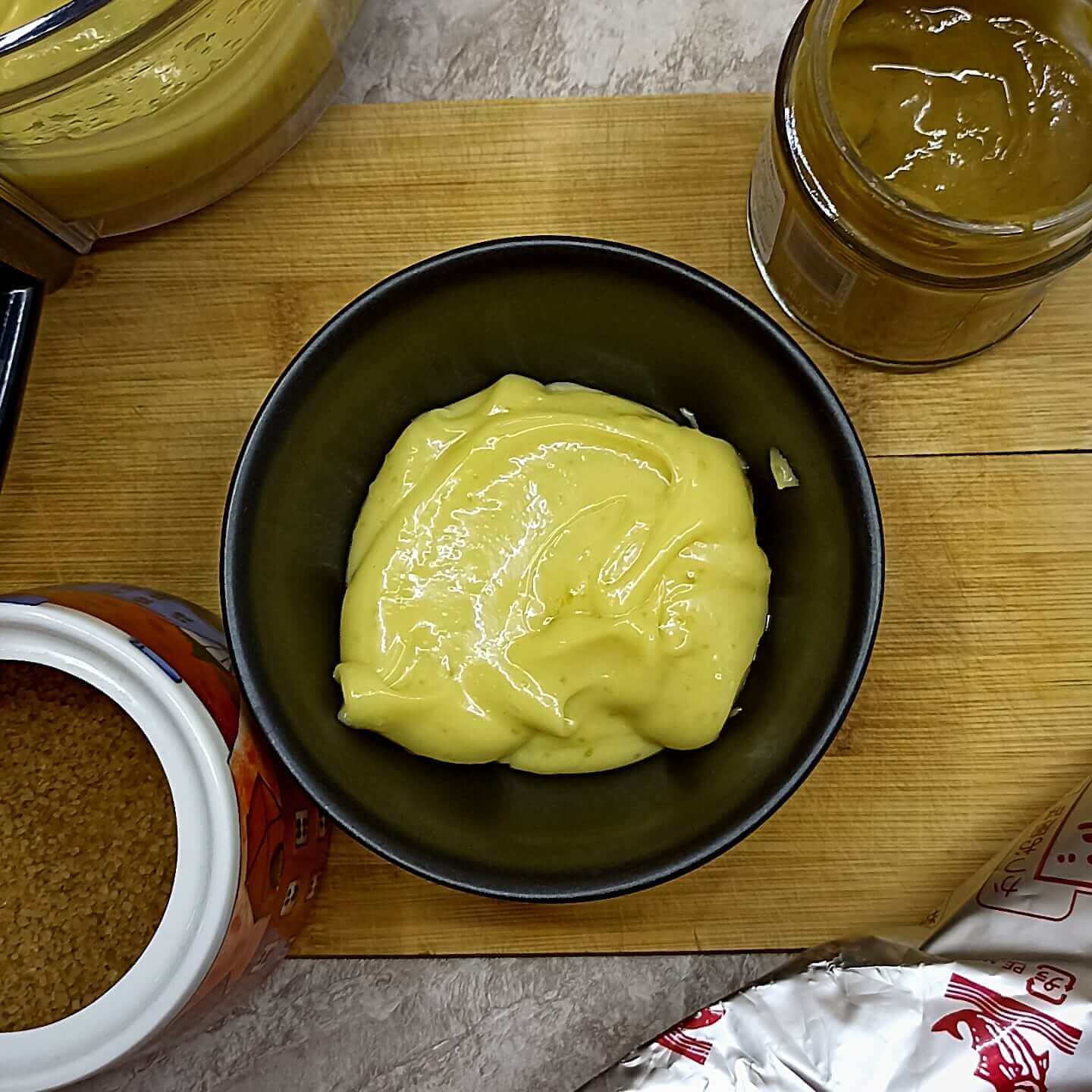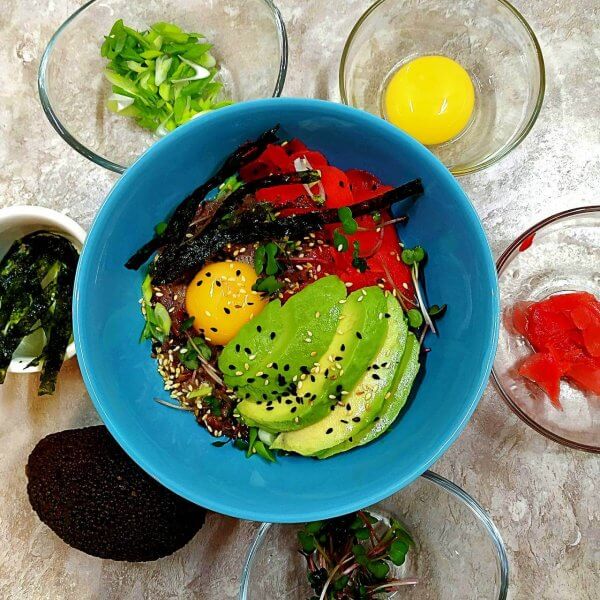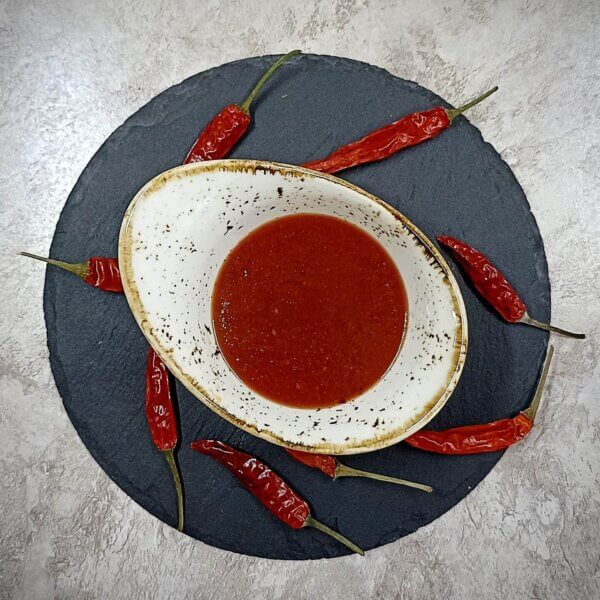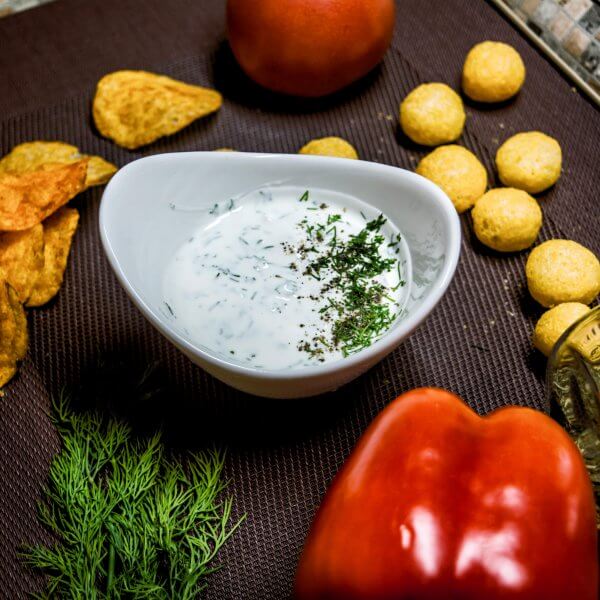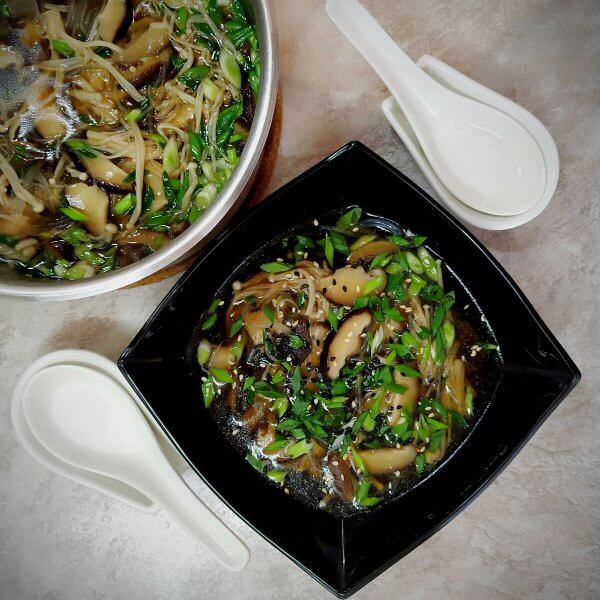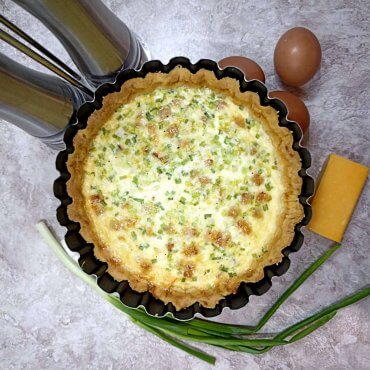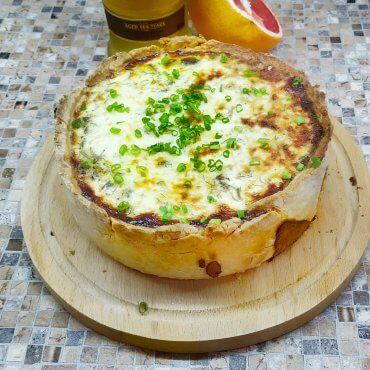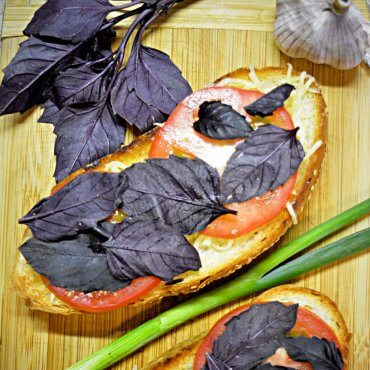Konnichiwa, gourmets! Japanese homemade mayonnaise is one of the most interesting sauces that I’ve tried and cooked!
What kind of homemade Japanese mayonnaise is it?
Japanese mayonnaise has no taste analogues and its use in cooking is the magic of Japanese cuisine. The thick creamy consistency, even slightly resembles the structure of jelly, and the unique taste create an additional sense of sophistication of the dish.
Homemade Japanese mayonnaise at the same time has an edge, and sourness, and a sweet aftertaste. It is incredibly difficult to describe such a taste — mayonnaise just needs to be taken and cooked! After trying this homemade mayonnaise, you will never want to return to the mayonnaise from the store.
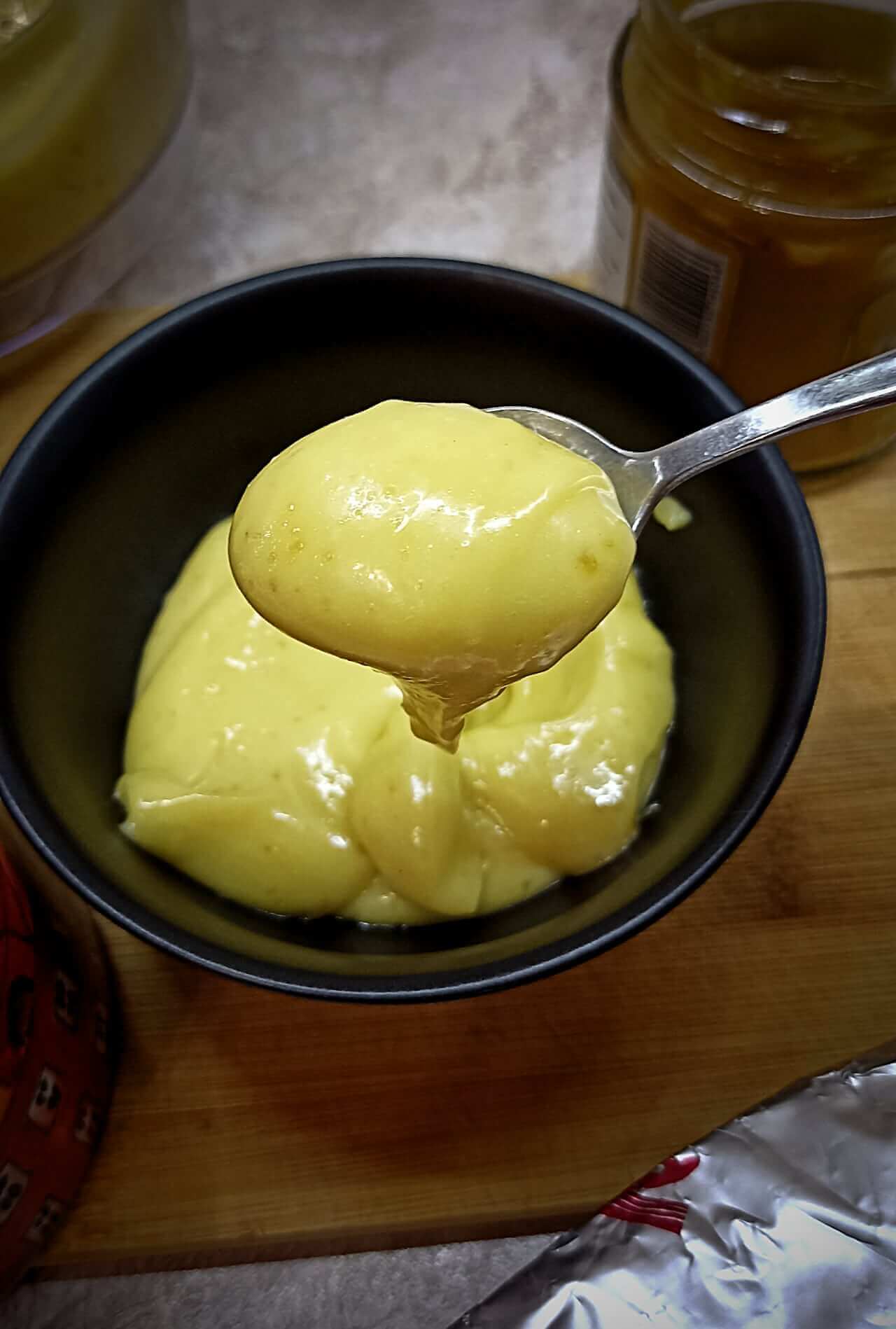
What is used to make homemade Japanese mayonnaise?
The composition is quite similar to the usual French mayonnaise. The basis of the composition is egg yolks and butter. The Japanese approach the choice of oil carefully, choosing only odorless vegetable oil. It can be rapeseed, grape seed oil, canola. It is not recommended to use extra virgin olive oil, although if it is of very good quality, it will also work. We tried using olive oil to make this mayonnaise and we succeeded — the mayonnaise emulsion was stable.
Egg yolks must be at room temperature, if they are cool, then the mayonnaise emulsion may be stratified.
To create the complexity of the taste, we use Dijon mustard. It is more careful with mustard, since different manufacturers make it of different degrees of sharpness.
Rice vinegar, salt and sugar add their own notes to the aftertaste of mayonnaise.
Japanese mayonnaise also contains granules of hondashi broth (granular smoked mackerel flakes). The hondashi in the recipe is used as a natural flavor enhancer instead of the chemical monosodium glutamate.
Beat the mayonnaise at minimum speed, so as not to overheat it!
Recipe type: Sauces
Recipe type: Japanese
Yield: 6
Prep time:
Cook time:
Total time:

